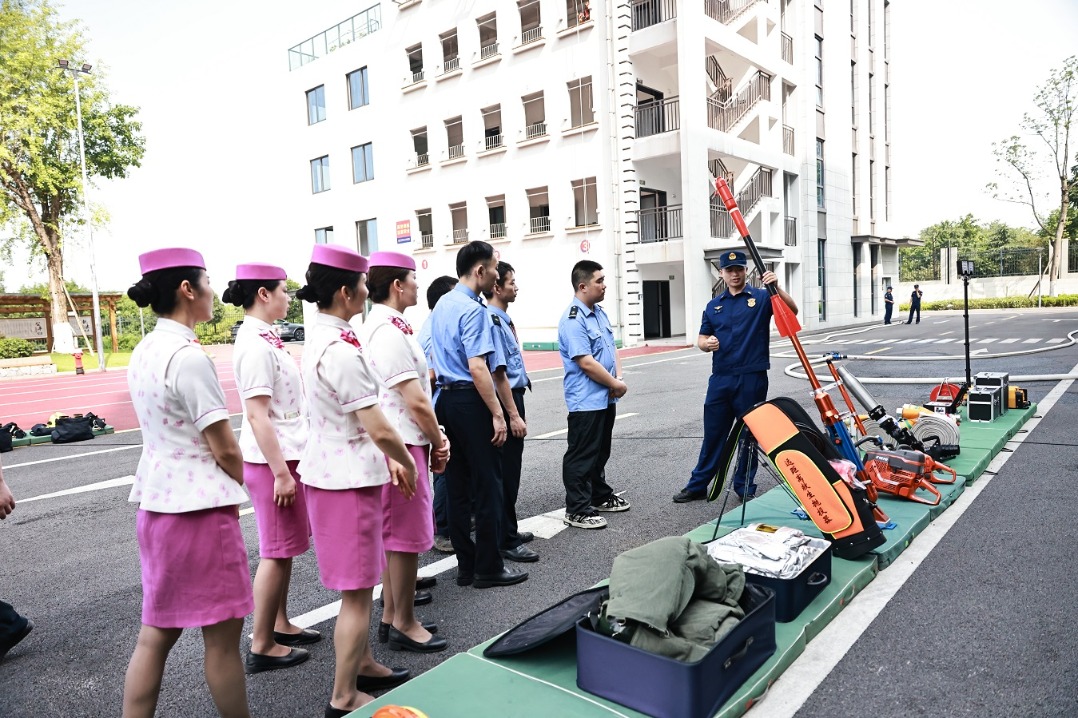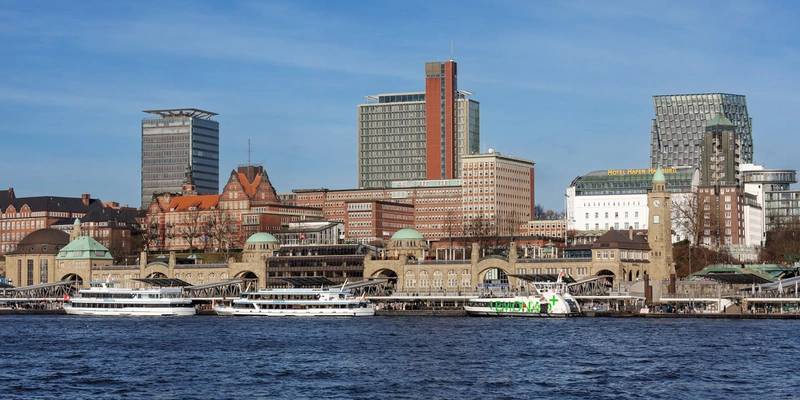The Bijagos Archipelago off the coast of West Africa was officially declared a World Heritage Site by UNESCO on Sunday.
This recognition highlights the region’s remarkable biodiversity and deeply rooted local traditions.
The island chain and its vibrant turquoise waters are a critical habitat for numerous endangered species, including green and leatherback sea turtles, manatees, and dolphins.
It also serves as a crucial stopover for over 870,000 migratory birds, with the small island of Poilao being a significant nesting ground for green sea turtles.
The archipelago’s diverse coastal and marine ecosystems, featuring extensive mangroves, mudflats, and intertidal zones, are vital for sustaining aquatic life.
“This moment marks the culmination of more than 10 years of collective effort, commitment, dialogue, and a shared conviction that this extraordinary and unique place deserves to be recognised, protected, and celebrated by all of humanity,” stated Viriato Luis Cassama, Guinea-Bissau’s environment minister.

UNESCO chief Audrey Azoulay praised the region as a “rare coastal and marine ecosystem, where local communities have kept their traditions alive,” congratulating Guinea-Bissau on its first World Heritage site.
Beyond its rich wildlife, the archipelago is also home to rare plant species, diverse fish and bird populations, and several sacred sites, supporting artisanal fisheries.
Having previously failed to make the World Heritage list in 2012, a successful resubmission followed extensive scientific research and significant involvement from local communities.
The Bijagos Archipelago had already been designated a UNESCO biosphere reserve in 1996. Its new World Heritage status further “strengthens its protection and its inclusion in an even larger global network of sites protected by UNESCO,” according to a UNESCO spokesperson.
The archipelago spans over 10,000 square kilometres (3,850 square miles), encompassing sandbanks and mudflats. It consists of 88 islands and islets, with only about 20 being permanently inhabited.












